
Developer: Steel Wool Studios
Publisher: Steel Wool Studios
Platform: VR (Oculus & Vive), PC
Tested on: PC
The Horus Heresy: Betrayal at Calth – Preview
This turn-based strategy game is based on the The Horus Heresy – Betrayal At Calth board game. It is the first Warhammer 40k (or rather: 30k) VR game, and one of the turn-based strategy VR games. This game has been developed by Steel Wool Studios, and is currently in Early Access.
You play as Magos Ohmnal Sarc, a tech priest of the Mechanicus. He is the witness of the crash of a gigantic ship on the planet Calth. He teams up with a group of ultra-marines, trying to find out what exactly happened, since the data-network is down because of the massive crash. As you make your way through the city, you’ll quickly discover the space marines of the word-bearer chapter have become your enemy.
Each mission of the campaign usually has a short cutscene at the beginning and at the end, which tells you the story of the game. The story contains a lot of lore, which is very nice if you enjoy the Warhammer 40k universe. If you are unfamiliar with the Warhammer 40k lore, the story might feel a bit like a lore dump at times. The cutscenes are short, but the storytelling is good. The confusion accompanying a mysterious first attack is very well executed in the story, especially since the enemy units were initially first assumed to be friendly units, until they attacked your own units.
The city of Calth looks really great and impressive, be it a bit more light and colorful than we’re used to with the Warhammer 40k games, but keep in mind that this game is set at around 30k, when things weren’t so grim-dark yet.
In the tutorial you look around as a servo-skull, a flying robot which acts as the eyes of the tech priest Sarc. Later in the game you’ll be able to fly and look around on the battlefield as if you are still one of the servo-skulls, but you are not a unit yourself. You’ll be able to watch the battle right from the ground, or as high up as you want, which is pretty cool.
The models and armor of the characters are pretty detailed, especially considering this game has been developed with VR in mind. The animations are simple but look fine, but it would be nice if there was a bit more variation in animations: now your troops all move exactly the same, again and again. The animations are pretty slow, so moving around your troops can take quite a while, which makes the turns take a very long time. The loading times for each mission are also rather long, which makes the game feel pretty slow overall.
The fact that this game has been developed for VR is noticeable at the ‘tactical overview’ screen, where you have information ‘around’ you, you’ll have to look around to see the legend of the map, for example. Information is placed in text boxes floating in mid-air, and sometimes you’ll have to move the camera around a bit in order to be able to read it. The UI feels a bit clunky on PC, but it’s probably perfectly fine in VR. However, the fact that you can play this game on both platforms is actually rather cool, and makes up for the inconvenient controls on PC.
The sound is generally fine, and the voice overs and dialogue are great, and feel like they fit the characters and the setting. It would have been nice if there was a better sound-scape fitting to the city, which would make it clear it is an actual city being attacked, instead of just a background. The city feels rather empty and deserted when you are playing through the maps.
The sound effects are good, but rather loud compared to the cutscenes and the music, luckily you can turn the volume down in the menu. The background music is simple, suspenseful and atmospheric, and fits the game well.
The Horus Heresy: Betrayal At Calth is a typical turn-based strategy game. This game is made for VR, but plays fine at a PC as well. There are two ways of viewing the battle: your view of the battlefield itself as a floating servo-skull, or the tactical overview map. The overview shows the whole map for that mission as a diagram grid. The map consists of hexagons, which can contain different terrain elements, the objectives, friendly squads and enemy units. The hexagons are represented on the battlefield as circles, each circle containing all the units making up one squad. Using the map you can move your view across the battlefield, by teleporting the servo-skull around.
Each hexagon contains a small squad, usually consisting of three characters. Each squad can perform two actions per turn. Actions can be for example: move, shoot, or reform a squad. Whenever you shoot, you shoot at a whole hexagon, and the first characters to die are always the weakest members of a squad. If one the squad members dies, you’ll be able to reform a squad by combining characters of other squads with the survivors. All actions are represented with animations, which makes each action take some time, and seeing the same animations over and over can get a bit repetitive, and feels rather slow. A turn ends when all squads have spent all their action points. The starting faction for each round is chosen randomly by the game.
Terrain and positioning is important: you’ll be able to take cover between half-walls or full walls. Half walls don’t block movement, but do provide a bit of cover. Full walls block movement, line of sight, and attacks. Some terrain can be destroyed, which can reveal enemy units. Enemy units which are not in line of sight, are actually invisible until your units should be able to see them.
The first few missions walk you through the storyline, using the troops you’ll encounter in the story, but later in the game you’ll be able to make your own army with different units and equip them with several different weapons.
In multiplayer mode you’ll be able to play either Ultramarines or Word Bearers. There are two modes, deathmatch and objective mode, and four different maps to play. There aren’t many people who play the game as of yet, so finding a multiplayer match is pretty impossible at this moment, unless you plan to play against a friend who also owns the game. In Lexicanum mode you’ll be able to look around in the introduction area, see the models and the animations a bit better.
Conclusion
The Horus Heresy – Betrayal At Calth is a game with a lot of potential. It’s good to see a turn-based strategy game being developed for VR, and the graphics would probably look really nice and impressive with a headset. As for now, the game feels rather sluggish on PC, due to the long loading times and the relatively long time each turn takes. The music, sound effects voice acting are good, but the sounds could use some polishing to make the game a bit more atmospheric and not too loud at some moments. The graphics look very nice for a VR game: they are simple for a PC game, but the Space Marines’ armor looks cool and detailed, despite the rather simple models. The city of Calth really look larger-than-life and impressive, but it feels rather deserted while you fight your way through the campaign. We think this game could be a lot of fun to play in VR, if the turns were a bit faster and the loading times were shortened.
The Horus Heresy: Betrayal at Calth - Preview,
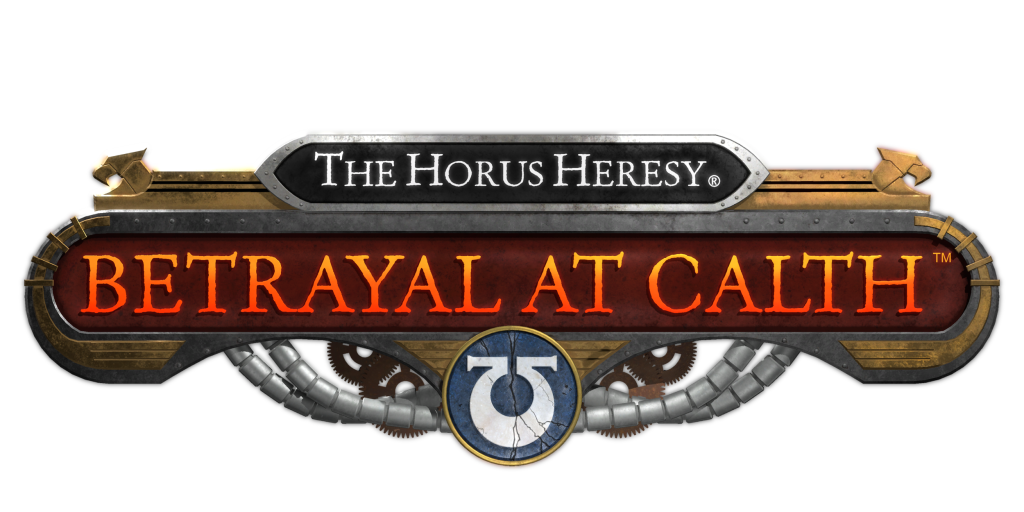
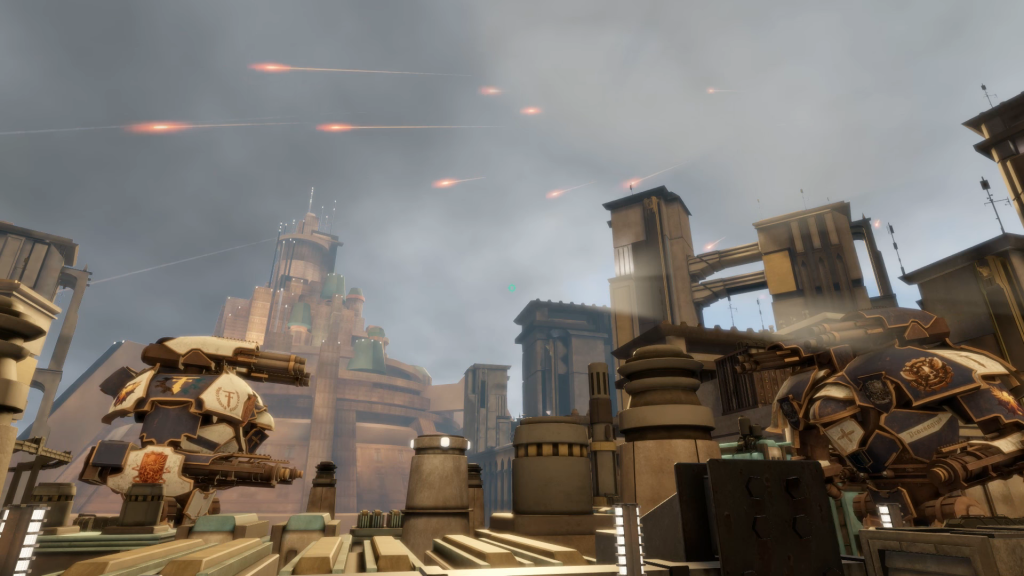
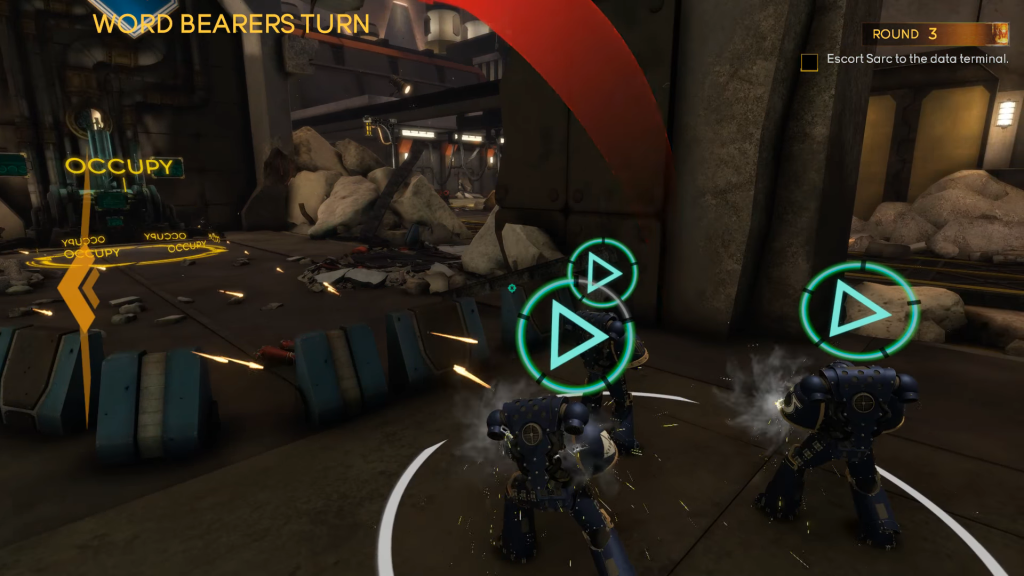
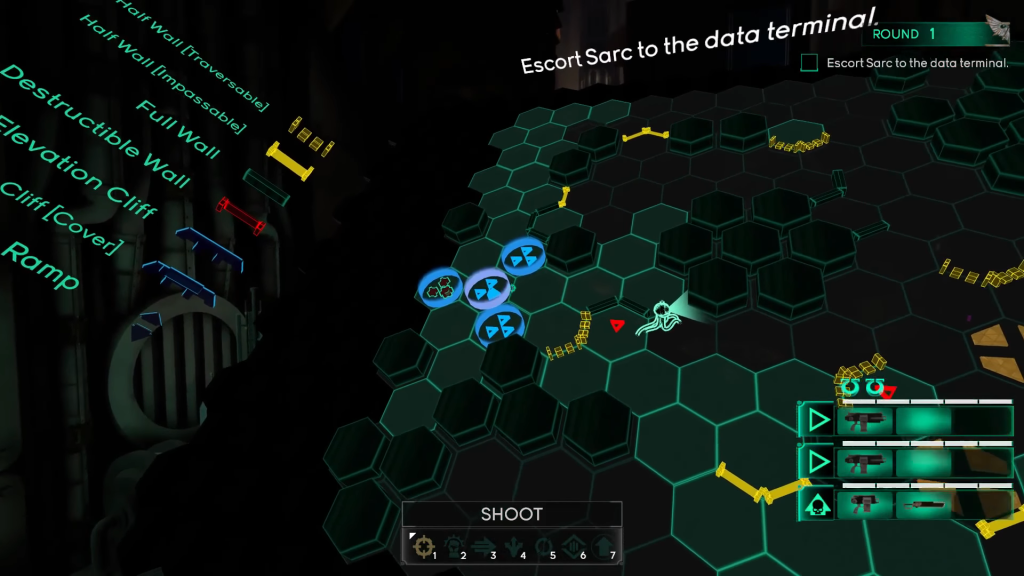
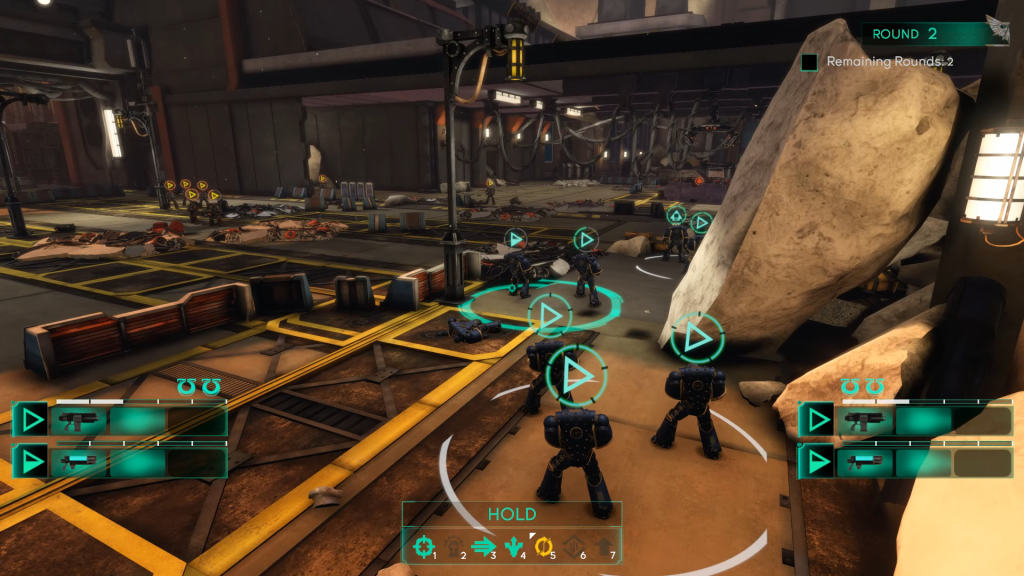
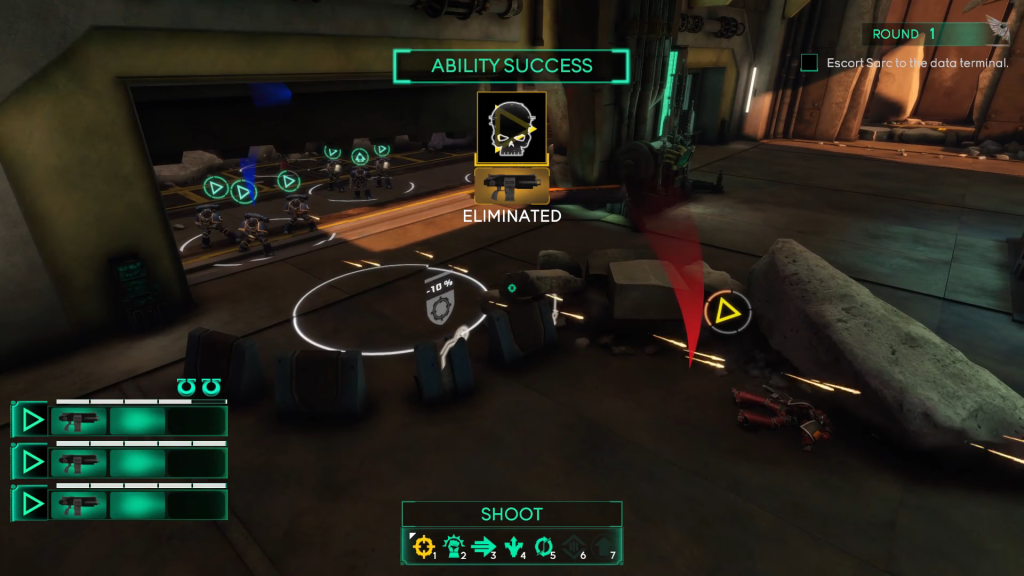
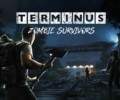
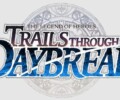
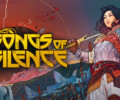

No Comments